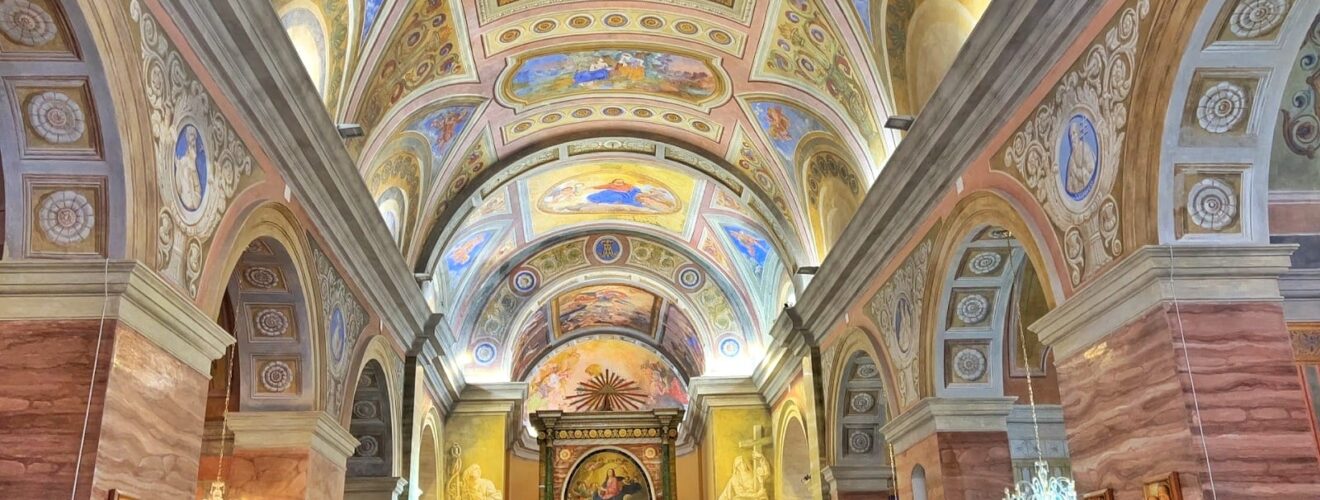The Sistine Chapel Of Barbagia 0 Comments

Barbagia is Sardinia’s core, occupying the Gennargentu mountain massif slopes. The name Barbagia was given by the Romans who, due to the strong Sardinian resistance, were unable to penetrate and conquer it as they had done with the coasts instead, and therefore they defined it as barbarians’ land.
It is rather a territory rich in traditions, among which stands out the Tenor singing, a UNESCO World Heritage Site. There are many villages settled on the mountains and in the woods of Barbagia, described in Grazia Deledda’s novels, including Galtellì, Lollove, Bitti, Orosei, Fonni and others.
But if Barbagia is the heart of Sardinia, in the heart of Barbagia there is a small precious village, Orune, which can be reached in 1 hour and 45 minutes, 110 km from the Gabbiano Azzurro Hotel & Suites.
Carlo Levi, in his book "All the honey is finished" described it like this: "It is an ancient and close minded village, where the most distant consuetudines, habits, customs and the farther most popular traditions remain, perhaps more than in any other place, and the intelligence and the value of a life, as more energetic as more limited, full of expressive capacity, individual power and solitude.”
Numerous archaeological finds are laying around the village: Domus de Janas, Giants' Tombs, Nuraghi and Sacred Wells tell us that the area was already inhabited in the Nuragic era. In the Middle Ages it was part of the Torres and Arborea Judicates, then of the Marquisate of Oristano and finally in 1478 under the Aragonese dominion, until 1839 with the feudal system suppression. It was precisely in those years, between 1847 and 1855, that the Santa Maria Maggiore church, Nostra Segnora de sa Nivada, was built, one of the most interesting neoclassical churches on the island, so much so that it is also called The Sistine Chapel of Barbagia. A treasure that was recently rediscovered deserving a page in the virtual space of our blog.
Looking at it from the outside, its linear neoclassical façade rightly makes one wonder why it was compared to the Sistine Chapel, but upon entering the explanation will come precisely from the marvellous frescoes created in the 19th century by artist Antonio Caboni from Cagliari, which in style and colours and in the powerful Michelangelesque figures are recalling those of the Sistine Chapel painted by Buonarroti in Rome four centuries earlier.
Its beauty, however, remained hidden for many years because the interior of the church was inexplicably repainted all white, hiding all the frescoes. Fortunately, in 2003 a restoration was started lasting eight years and finally in 2011, the beauty of the colours and the stories of the evangelical scenes of the frescoes were legitimately brought to light again.
“Barbagia and granite, // junipers warped by sun and frost // is my untamed land, // the land of women with darkly veiled breasts // and hands of stone // like the skin of men // underneath woollen cloaks // and wild animal fleeces tamed by the plow”. (Vanna Flore)
--Written by Daniela Toti
Teilen Sie uns Ihre Meinung mit!